Abstract
The paper describes the problem of heterogeneous databases, discusses the need for an integrated hospital information system and provides a five-step method for integrating heterogeneous databases in the hospital environment. The scope of this method facilitates the integration of medical, administrative and fiscal information elements of a hospital into a unified environment.
Full text
PDF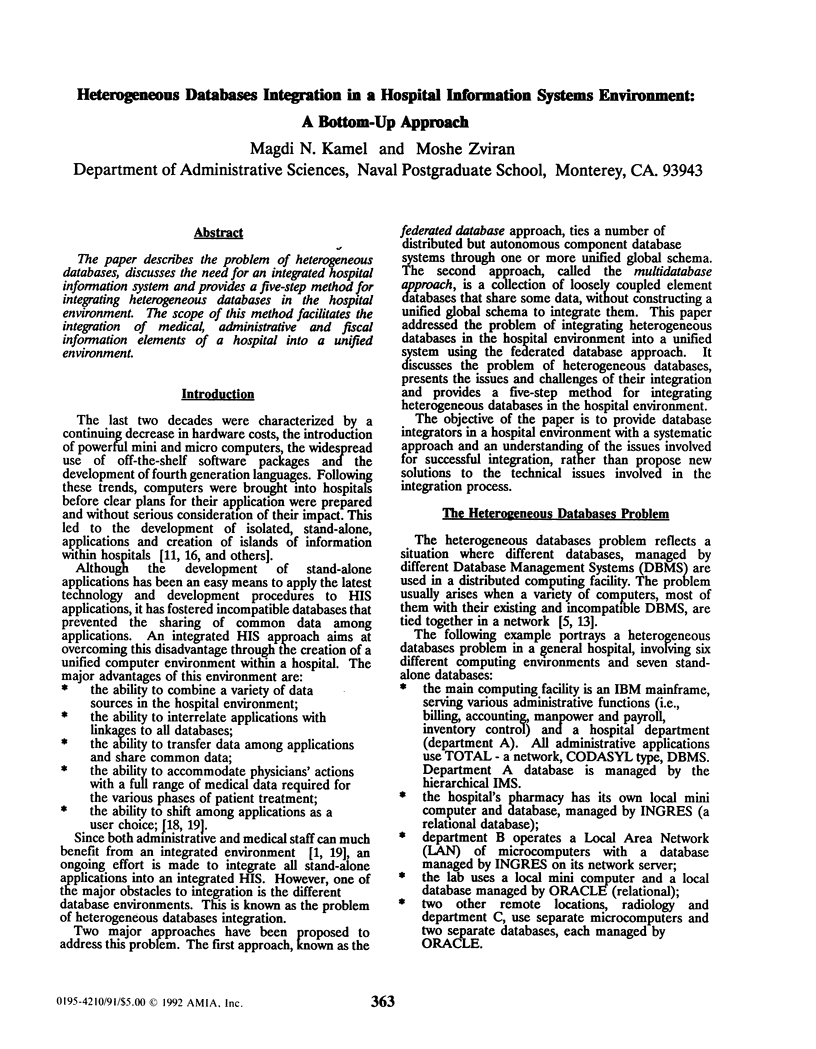
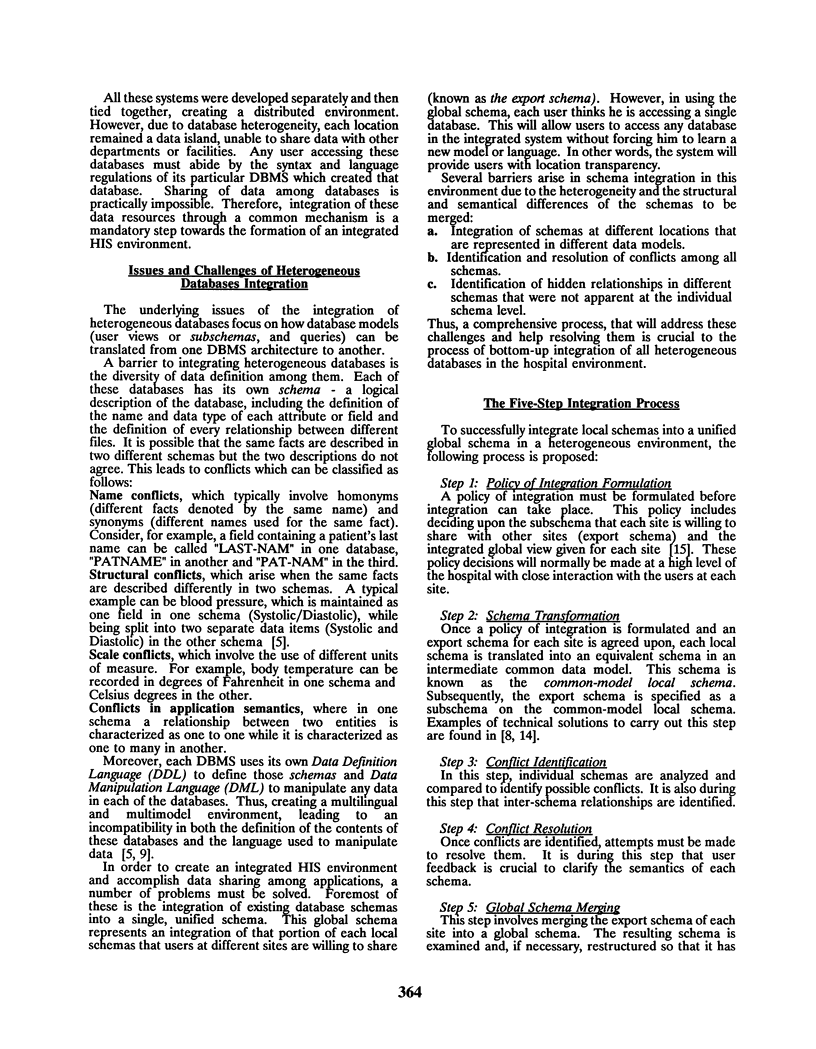
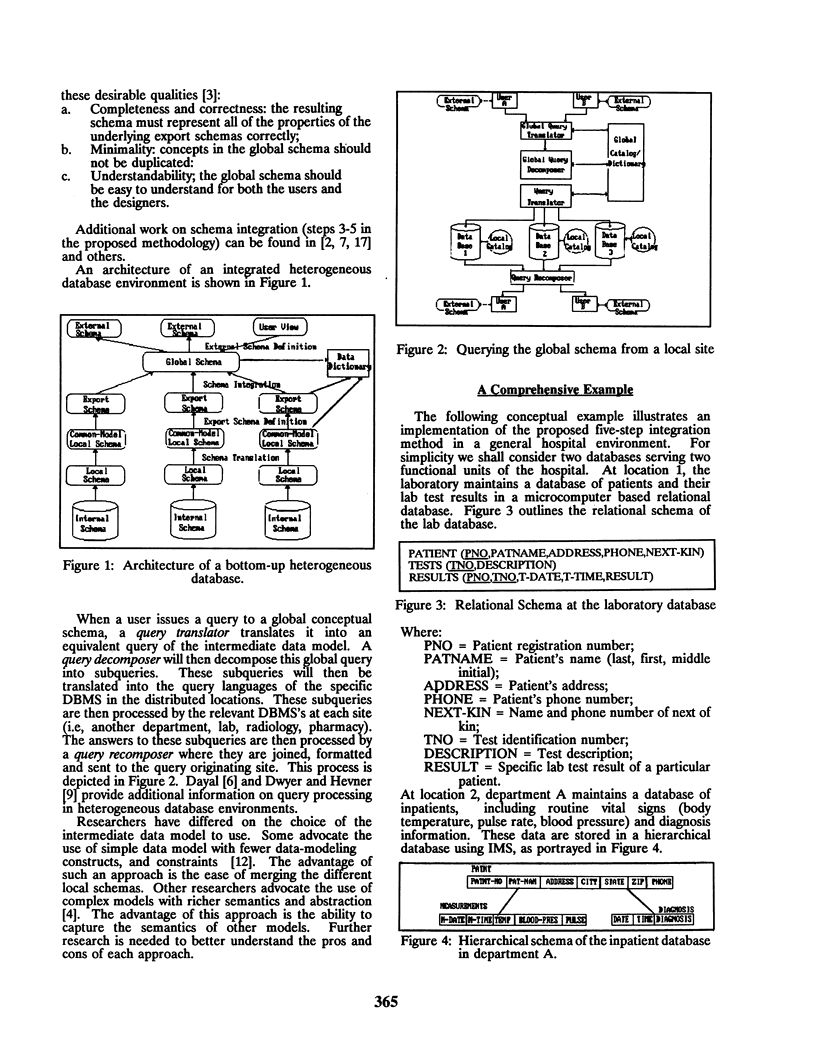
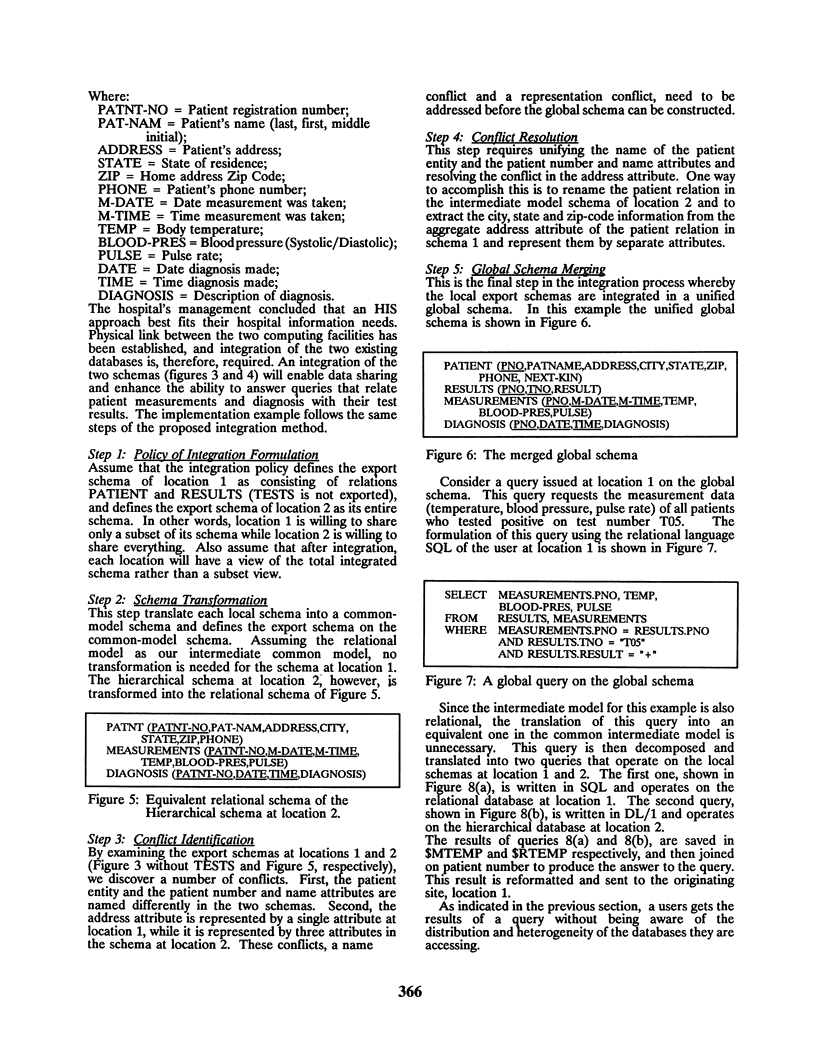
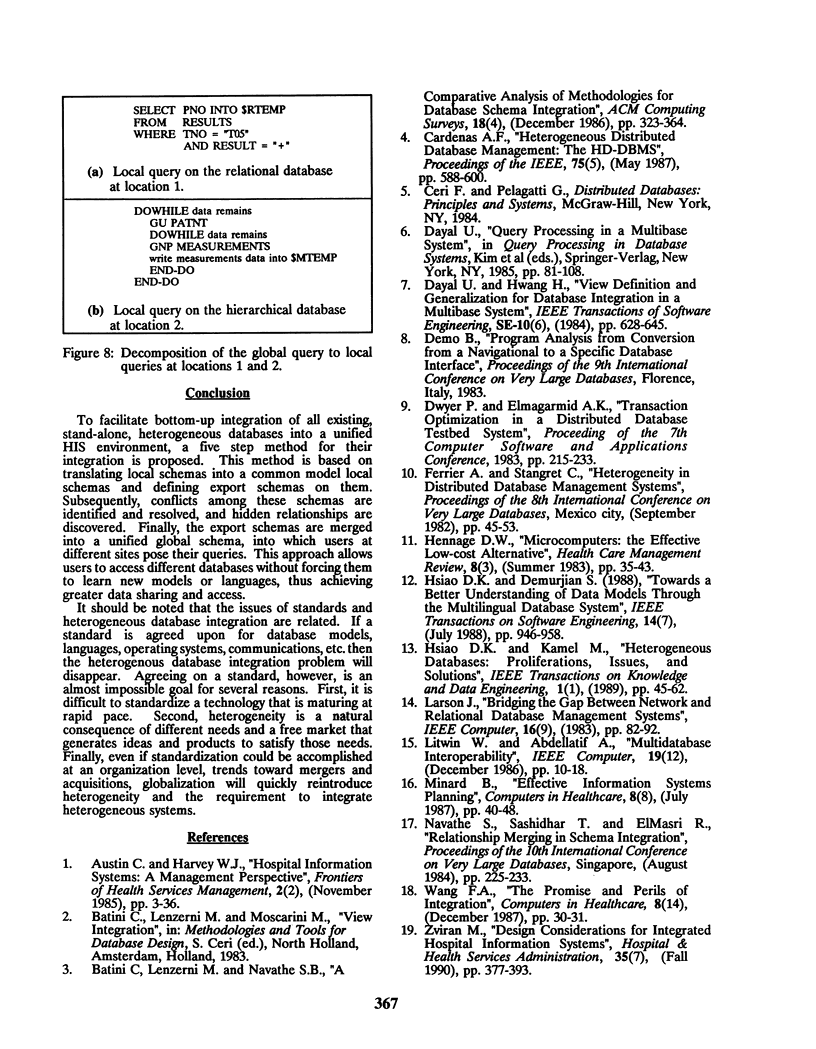
Selected References
These references are in PubMed. This may not be the complete list of references from this article.
- Austin C. J., Harvey W. J. Hospital information systems: a management perspective. Front Health Serv Manage. 1985 Nov;2(2):3–36. [PubMed] [Google Scholar]
- Wang F. A. The promise and perils of information integration. Comput Healthc. 1987 Dec;8(14):30–31. [PubMed] [Google Scholar]


